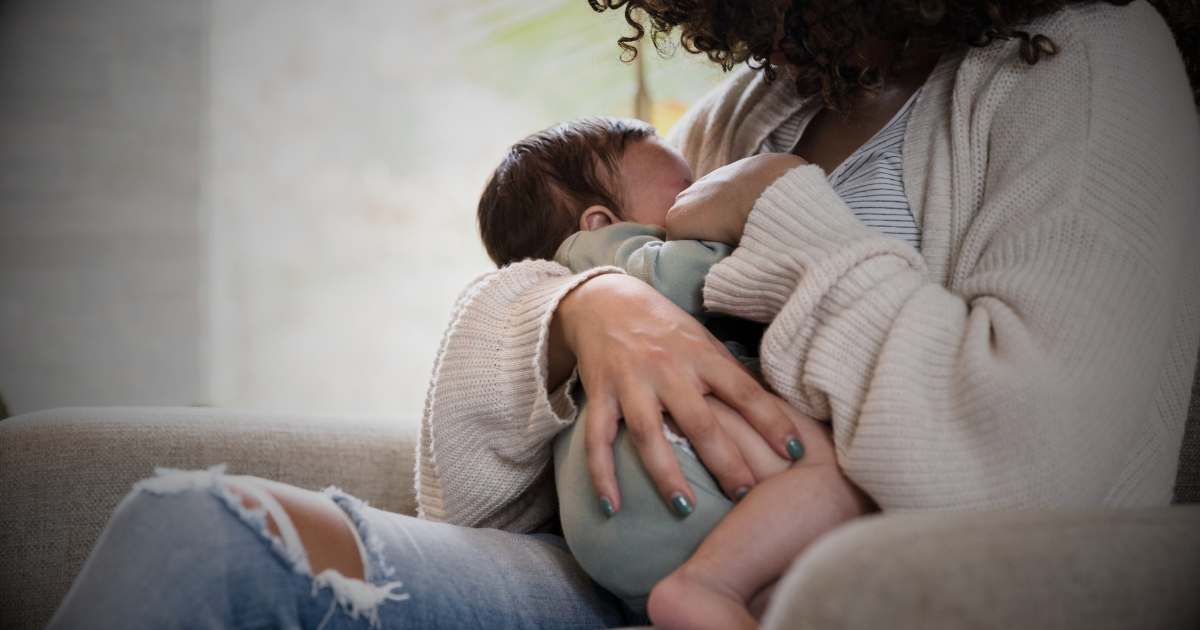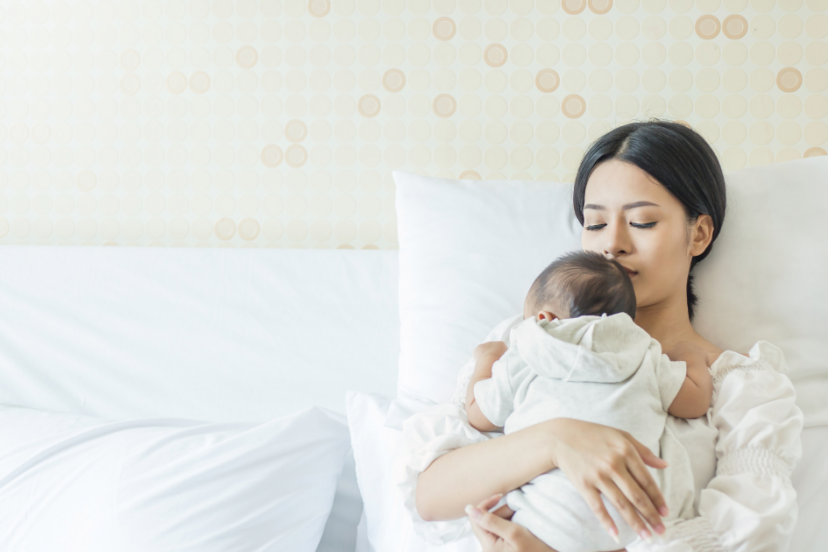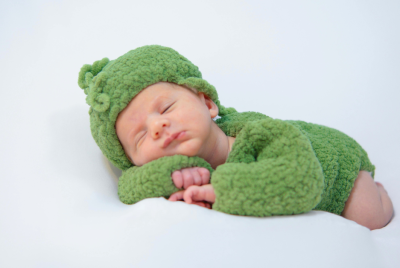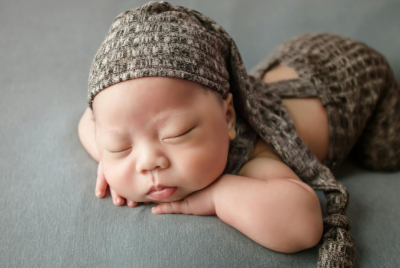Baby Sleep: A Parent’s 101 Guide to Peaceful Nights
Becoming a parent comes with joy, but it also means sleepless nights. Unlock the secrets to a good night’s sleep for both you and your baby. From setting up the perfect sleep environment to handling those inevitable night wakings, this guide is here to help.
Baby Sleep 1: Setting the Sleep Environment

Choosing the Right Crib
Invest in a comfortable and safe crib that adheres to safety standards. A firm mattress and fitted sheets create a cozy sleep space.
Optimal Room Temperature
Maintain a room temperature between 68-72°F (20-22°C) to ensure your baby sleeps comfortably without overheating. Also ensure to have the ideal humidity for baby. The typical humidity range is between 40% and 60%.
Dark and Quiet Surroundings
Block out excess light and noise to create a calm sleep environment that promotes restful sleep.
Baby Sleep 2: Creating a Bedtime Routine

Consistency is Key
A predictable routine signals to your baby that it’s time to wind down and prepares them for sleep.
Relaxing Activities
Incorporate soothing activities like gentle massages, soft lullabies, or reading a bedtime story.
Avoiding Screen Time
Limit exposure to screens before bedtime, as the blue light can interfere with melatonin production.
Baby Sleep 3: Navigating Night Wakings

Understanding Sleep Cycles
Babies wake naturally during sleep cycles. Give them a chance to self-soothe before rushing to their side.
Gentle Soothing Techniques
Offer comfort through gentle patting, shushing, or a pacifier to help your baby settle back to sleep.
Gradual Nighttime Feeding Reduction
Slowly reduce nighttime feedings as your baby grows to encourage longer stretches of sleep.
Baby Sleep 4: Safe Sleep Practices

Back to Sleep
Always place your baby on their back to sleep to reduce the risk of Sudden Infant Death Syndrome (SIDS).
The back is also the Best Sleeping Position for Colic Baby
No Loose Bedding
Keep the crib free of loose blankets, pillows, and stuffed animals to create a safe sleep environment.
Pacifier Use
Offer a pacifier at bedtime to reduce the risk of SIDS. However, avoid attaching it to a string or clothing.
Baby Sleep 5: Sleep Training Methods

The Ferber Method
Gradually extend the time between comforting visits during night wakings, allowing your baby to learn self-soothing.
The No Tears Method
Provide a consistent response to nighttime wake-ups, offering comfort without letting your baby cry alone.
Gradual Extinction
Allow your baby to self-soothe by giving them short periods of time to settle themselves before intervening.
Baby Sleep 6: The Role of Nutrition

Breastfeeding and Sleep
Breast milk contains tryptophan, which promotes sleep. Nighttime feedings can offer comfort and nourishment.
Formula Feeding and Sleep
Formula-fed babies may experience longer sleep stretches due to the composition of formula.
Introducing Solids
Gradually introduce solids around 6 months, which can contribute to a more satisfying and longer sleep.
Regression 7: Handling Sleep Regression

Recognizing Regression Phases
Know that sleep regressions are temporary and often coincide with developmental milestones.
Offering Comfort and Reassurance
During regressions, offer extra comfort and reassurance to help your baby navigate the changes.
Sticking to Routine
Maintain consistency with your bedtime routine to help your baby adjust during regression phases.
Closing remarks
Navigating baby sleep requires patience and understanding. With the right sleep environment, routine, and gentle sleep training methods, you can help your baby establish healthy sleep patterns for a lifetime of restful nights.
FAQs
1. When can I start sleep training my baby?
Sleep training can typically start around 4-6 months of age when your baby begins to develop more predictable sleep patterns. However, consult your pediatrician before beginning any sleep training method.
2. Should I use a white noise machine in the nursery?
Yes, a white noise machine can mimic the soothing sounds your baby heard in the womb and help drown out other noises that might disrupt their sleep. Keep it at a safe volume level and place it away from the crib.
3. How can I handle night wakings without creating bad habits?
Respond to your baby’s night wakings with comfort and reassurance, but avoid creating sleep associations like rocking them to sleep. Gradually increase the time between comforting visits to encourage self-soothing.
4. Is co-sleeping safe for newborns?
The American Academy of Pediatrics advises against bed-sharing with newborns due to safety risks. If you want your baby nearby, consider a bedside bassinet or co-sleeper that provides a safe sleep space.
5. How do I transition my baby from a bassinet to a crib?
To transition your baby from a bassinet to a crib, start by having them nap in the crib during the day. Gradually extend nighttime sleep in the crib and use familiar sleep cues from the bassinet to ease the transition.
Remember, every baby is unique, and what works for one may not work for another. Trust your instincts and be patient as you navigate the world of baby sleep. If you have concerns or questions, don’t hesitate to consult your pediatrician or a sleep specialist for guidance.
*We may earn a commission from purchases made through our links, at no cost to you. This does not affect our product recommendations. Please see our disclosure to learn more.





